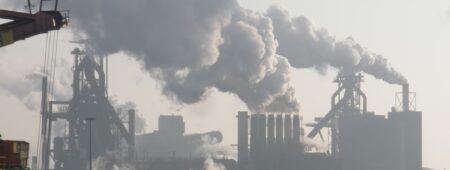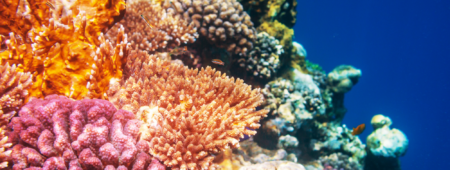What does US volcano activity mean?
Recently, increased volcanic activity can be observed in the Americas. Particularly in Alaska, Washington State, Oregon and Hawaii. Is this a cause for concern?
Recently, increased volcanic activity can be observed in the Americas. Particularly in Alaska, Washington State, Oregon and Hawaii. Is this a cause for concern?
Experts reassure that, despite the eruptions and numerous tremors, at this point there are no indications that would suggest a serious threat to the inhabitants of these regions or other parts of the world. They also explain that volcanoes quite often go through periods of increased activity, but that these periods are not synonymous with the occurrence of an eruption.
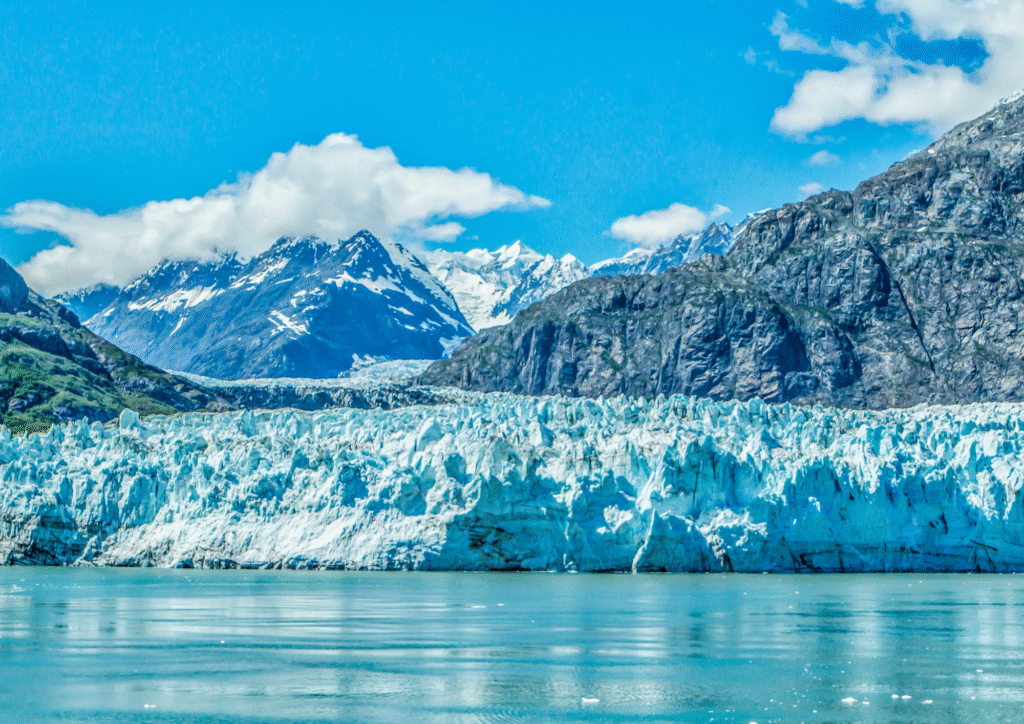
Volcanoes in Alaska
There are more than 100 volcanoes in Alaska that have been active over the past 2 million years. More than 40 of these have erupted in modern times or in the recent past. These volcanoes represent 8 per cent of all active volcanoes on Earth. This statistic does not include volcanoes located at the bottom of the seas and oceans.
Alaska is described as the most active volcanic area in the world. The volcanoes there, along with countless hot springs, fumaroles and solfatar, belong to the Pacific seismic zone, also known as the Ring of Fire.
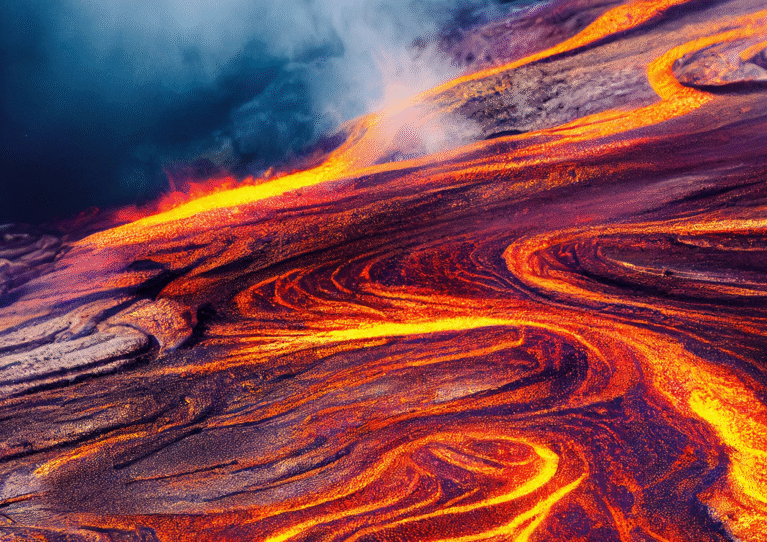
Did you know that.
The Ring of Fire is an area of particularly heightened volcanic activity that stretches along the western coasts of South America and North America through Alaska, Kamchatka, the Japanese Islands, the Malay Archipelago, Malaysia to New Zealand?
Explosion on Mount Katmai
In June 1912, the hitherto peaceful slumber of the Mount Katmai volcano came to an end. Huge quantities of magma, volcanic ash, gases and rock material erupted into the air from inside the volcano. It is estimated that the magma alone took up about 12.5 cubic kilometres by volume and the volcanic ash over 25 cubic kilometres. The result was the raising of a gigantic gas and ash cloud that floated 30 kilometres above the ground.
For the first three days after the volcano erupted, the dust in the atmosphere was so great that Kodiak Island, which is 150 kilometres to the east of the eruption site, was in total darkness. To illustrate the scale of the phenomenon - not even a lit oil lamp held in an outstretched hand was visible.
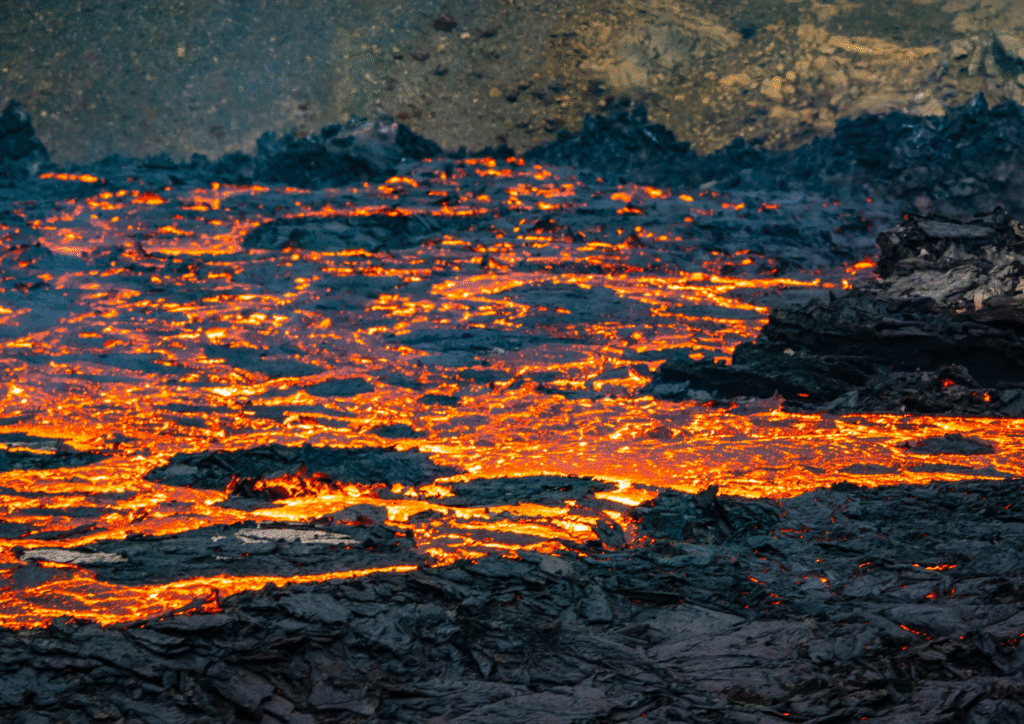
The effects of the explosion on Mount Katmai
The volcano only calmed down after a few days, leaving devastation in its wake. The resulting landscape can only be described as horrific. More than 100 square kilometres of lush greenery were under a thick layer of volcanic ash. The ground was covered with dead birds that suffocated in the airborne ash. Mammals also shared the fate of the birds - the larger ones, which initially managed to survive, did not survive due to exhaustion caused by lack of foraging.
It is worth knowing that the mixed ash and sand deposits in the valley maintained their high temperature long after the catastrophe. It was only twenty years after the volcanic eruption that the deposits of volcanic sediments cooled down. As a result, they eventually hardened and transformed into a new type of rock, which is tufa.

